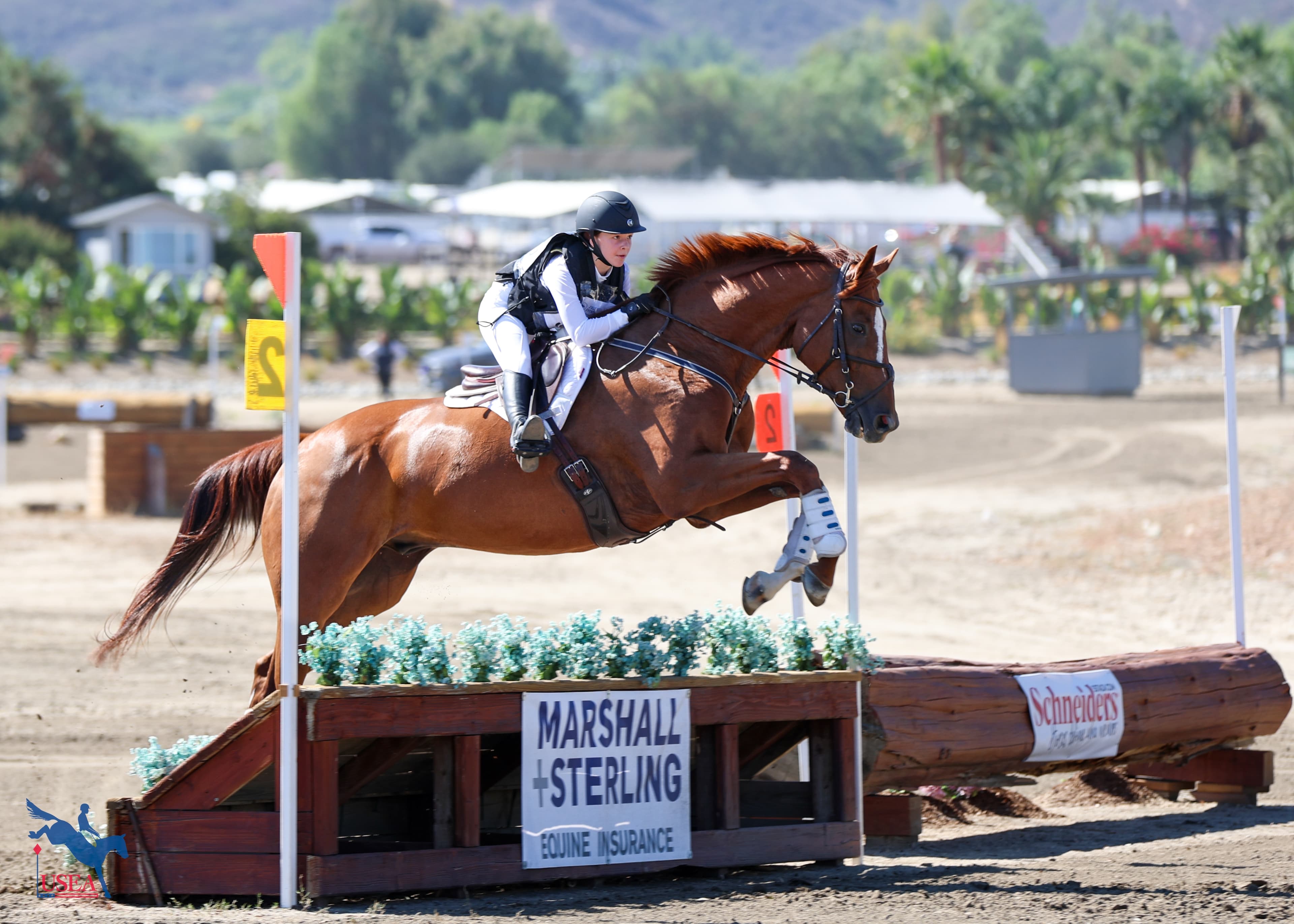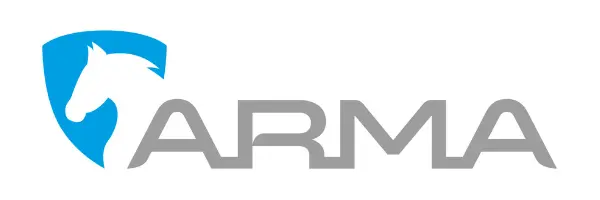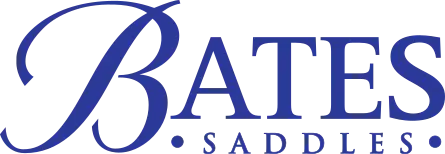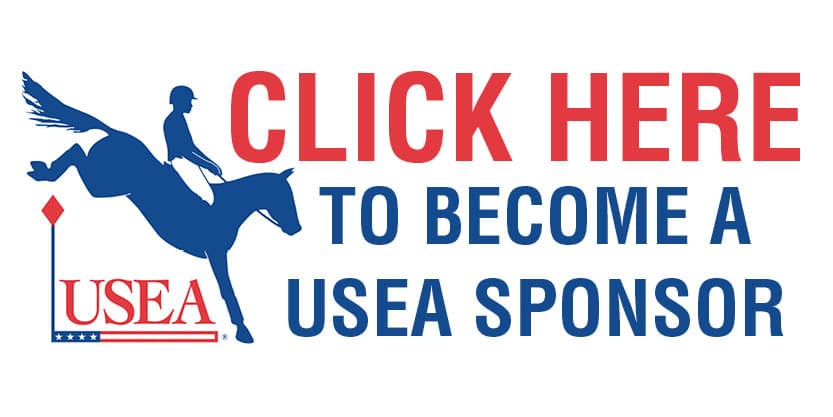Form to Function: In Pursuit of the Advanced Level Eventer
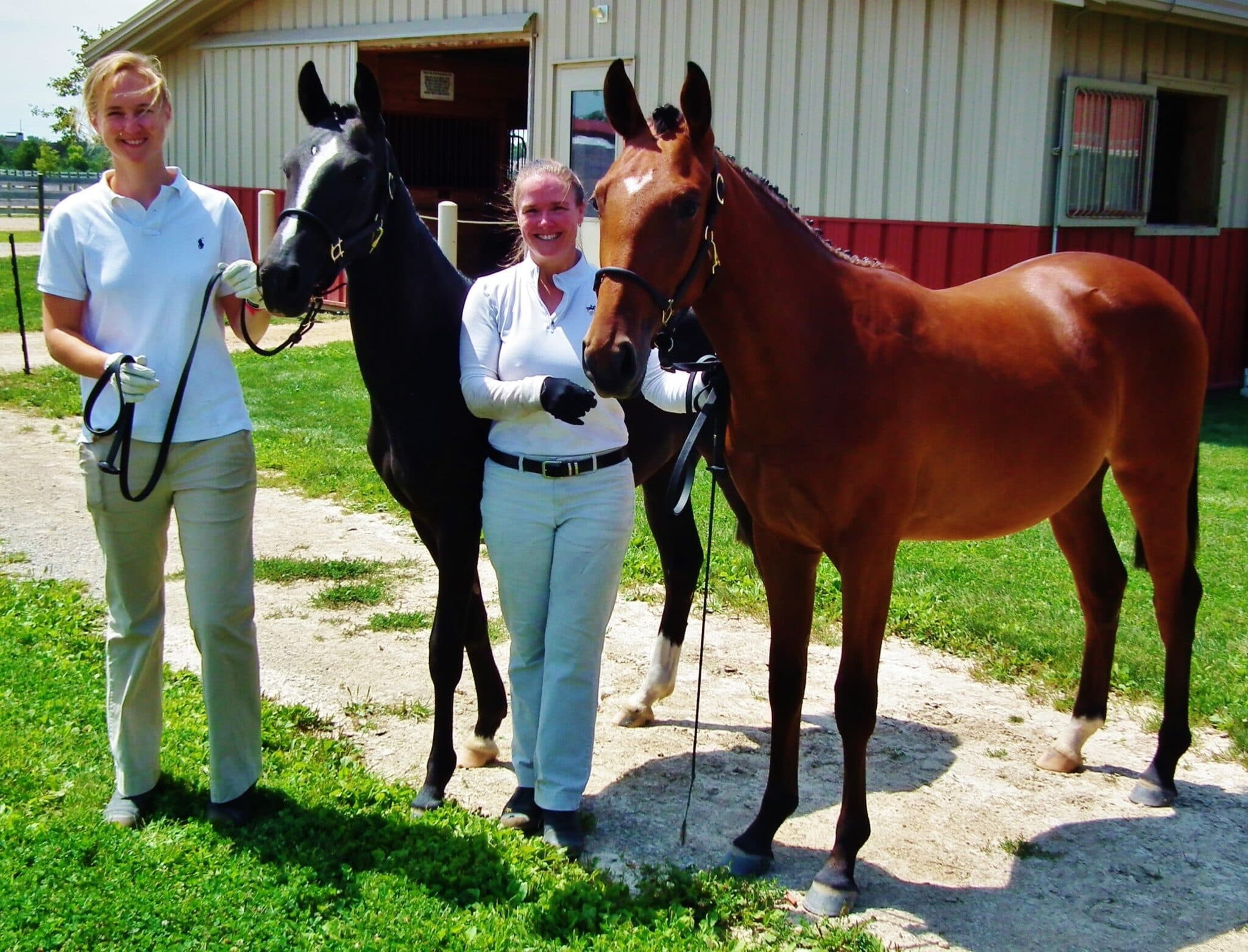
In anticipation of the 2015 "Evaluation of the Young Event Horse Prospect" symposium in Ocala, Fla., February 16-18, Kristy Ernst recapped the 2014 Young and Future Event Horse symposium at Otterbein University. For more information about the 2015 symposium, contact [email protected] or click here to register.
“Form to function” was the clear message at the USEA Young and Future Event Horse Seminar hosted by Otterbein University in August 2014. The highly-anticipated event was a huge success on all fronts. Breeders, owners, trainers and competitors alike gathered together at the picturesque equestrian campus that offered all the amenities needed to support the programs’ goals of education “In Pursuit of the Advanced Level Eventer.”
I grew up playing polo, fox hunting and trail riding and it wasn’t until about ten years ago that I stumbled into Eventing while boarding at The Fork Stables in Norwood, N.C. My passion and skill developed into working mostly with young horses. My tenure at The Fork Stables exposed me to many of the best in the industry from trainers to riders to course designers. Not to belittle my lovely mare at the time, but I developed an eye for type and a feel for training and knew she would only be successful to training level.
With that, I immersed myself on a personal quest in search of what this was all about: the all-around top equine athlete.
I had volunteered two of my yearling fillies as demo horses for the seminar: a German Riding Pony, Don De Dyoll’s Shooting Star (Don De Marco - GMA’s Fancy Pants) bred by Gina Benson Cook of Centaur Farms and a Zweibrucker, Rhythm O Rouge (Ruben O - Alezan Rouge) bred by Maggie & Matt McClanahan of Lightfoot Fork Farm.
After getting the fillies settled on Friday afternoon, Maggie McClanahan and I were anxious to participate in a special presentation by Faith Fessenden on “biomechanics of an event horse - discussion and video.” Faith’s credentials alone were enough to be excited about and her presentation lived up to every expectation. The goal was to educate attendees on the basic requirements of type and soundness needed to participate in the sport of Eventing. Once the basics were established then we looked deeper (literally) into really understanding the specific movements that are required from the horse for all three phases. The video dissected the horse, highlighting ligaments, tendons, muscles, organs, and bones that all play a part uniformly to make a top athlete.
Saturday morning began with a classroom presentation led by Susan Graham White focusing on the Future Event Horse (FEH) program. The series began in 2007 with the intention of giving young horses experience and bringing more breeders into the world of Eventing by creating a pipeline of your horses. The mission of the program is to educate American breeders, judges, and upper level riders in their pursuit of the upper level event horse. Encouraging selection and breeding of the suitable event type, horses are judged on conformation, correctness, and movement. Finally, I found the program I was searching for!
After lunch we moved into the arena where the in-hand horse demonstrations began for yearlings through three-year-olds. All participants were encouraged to complete their own score cards with their own evaluations. Faith Fessenden, Susan Graham White, and Marilyn Payne placed more emphasis on type, structural conformation, and overall impression, stressing that judges should pick out the best few strides the horse gives and score that. They explained that perfect behavior is not required and we should just try to find the horse’s true potential, the best it can give that day, and reward them for it. Everyone was understanding what we had discovered in the classroom discussion of conformation and how it was already affecting the function of these young horses at this early stage.
Both of my yearling fillies did very well and the entire weekend was a fantastic experience for them. As I learned more about the true goal of the program to find 3* and 4* Eventers, I knew my German Riding Pony was not bred for this task. After presenting this little filly to the judges, questions were asked about her breeding at which point I shared she was actually a German Riding Pony for my five-year-old daughter to event in a few years. At that point, the filly and my purpose made more sense to the judges and I noted the comments she received to take under advisement as I continue her training. Based on their comments, I worked with her and gained immediate results. My little GRP just recently placed a solid third in the USDF Breeder’s Championship Series Finals ahead of some of her larger counterparts. This goes to prove that education and having a better understanding of strengths and weaknesses to base your training on can really improve the development of young horses.
As for my Zweibrucker, she was specifically bred to be an Eventer. Much to the delight of the breeder, Maggie McClanahan, the judges really liked her. I was encouraged by their comments like “tri-athletic type, clear evidence of blood, well-balanced, clear rhythm.” Comments such as “has a hay belly at this time” and “could be more free in the shoulder” were obviously weaknesses but ones that can be improved with training.
As Saturday came to a close, we enjoyed watching some galloping demonstrations. By this point, attendees could pick out the most efficient gallopers. Some tended to pound in a downward, vertical motion as opposed to allowing the shoulder to open up and out. The quality of the gallop and ability to jump out of stride is key to an efficient cross-country phase. While some of this can be improved through training, it became apparent how biomechanics play a role. A horse’s walk is a good indicator of the canter which is very important but the trot can actually be improved with training. This is a direct effect of “form to function.”
Sunday morning began with a classroom presentation led by Marilyn Payne on the Young Event Horse (YEH) series. This ‘talent search’ gives owners and breeders the opportunity to showcase the potential of their four- and five-year-olds while encouraging them to produce top level event horses for the future. The YEH classes focus on education and preparation of the event horse in a correct and progressive manner. There are three sections to the format: Section I is on Conformation and Type, for which each horse judged in hand on potential for soundness, speed, and stamina. Section II is Dressage, with a modified test that judges the overall collective impressions of the horse instead of each movement. Section III is the Jumping Test/Gallop/General Impression section, incorporating small course of show jumps followed by cross-country jumps then a stretch of gallop.
Then we shifted to the live horse demonstrations with the four- and five-year-old horses, beginning with dressage. Marilyn explained that for the YEH dressage test, it is better to push the horses out and showing off the gaits, rhythm, and swing through the back, instead of focusing too much on the movements of the test.
When the focus moved onto the jumping and cross-country phases, we could again see biomechanics at work. At this point, rideability begins to play a larger role. You could see some horses were more forward but shifted onto the forehand as they progressed through the course while others started out rough then settled in better as they moved through it.The demo riders did a fabulous job of presenting all their horses and it was a fantastic way to finish the weekend.
Overall the mood for the weekend was very open, constructive and communicative. The USEA FEH YEH programs are a great place for owners to get an objective observation on their prospect’s potential for Eventing with the goal of upper level performance. It was clearly communicated through the presentations, photos, and live examples that “form to function” plays a major role in the performance of a horse that can be applied to any discipline. There are many moving pieces from breeders, to owners, to trainers, and judges alike that all play a critical role in reaching the ultimate goal of developing three and four star horses. The FEH and YEH programs are just the beginning, but as participation grows, so will the goal of educating and connecting these individual parts on “form to function” while in pursuit of the Advanced-level Eventer.
Editor's Note: After the symposium, Ernst's Rhythym O Rouge went on to compete at the FEH East Coast Championships, placing 2nd for Yearling Fillies and 3rd overall for Yearlings with a score of 78.45.

